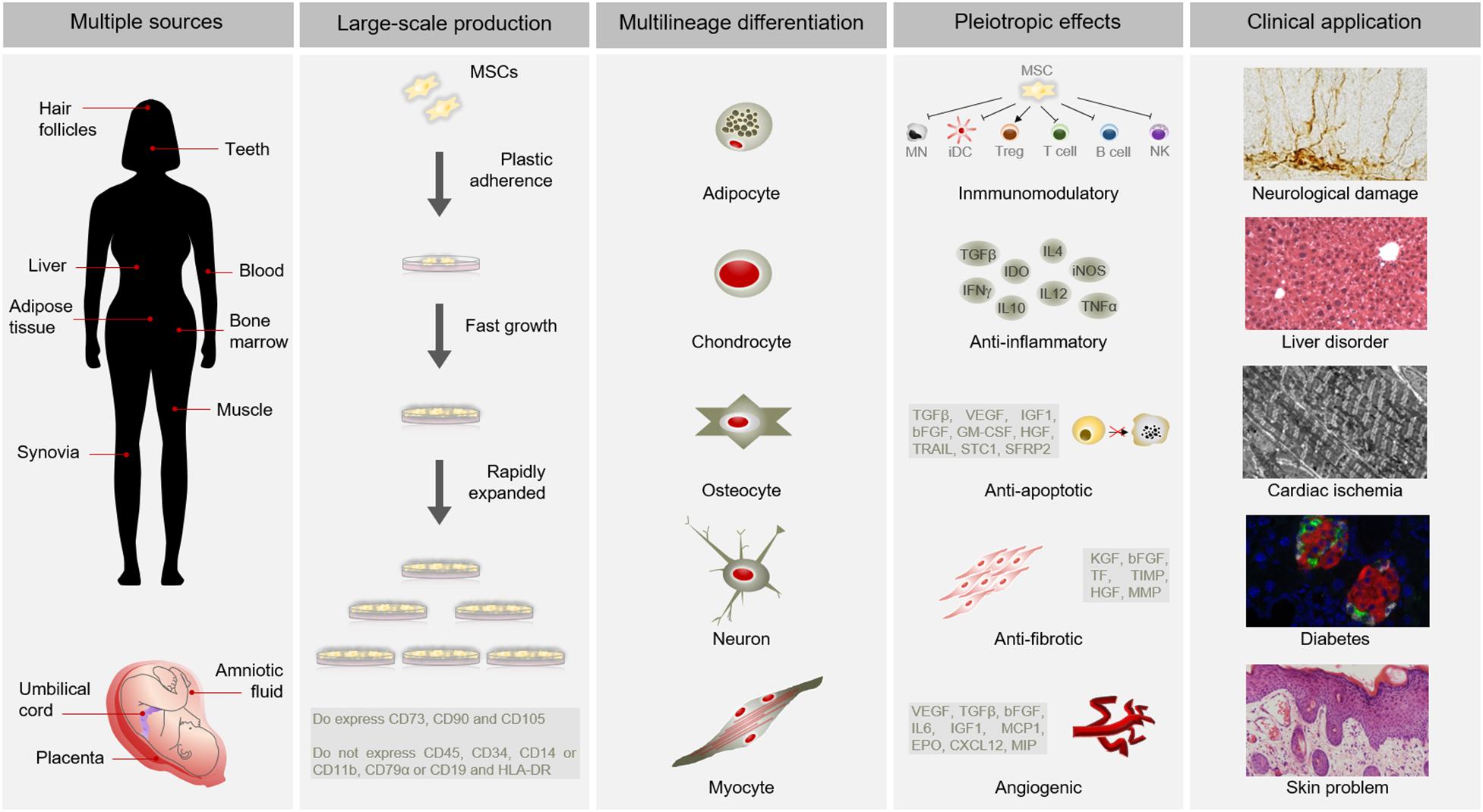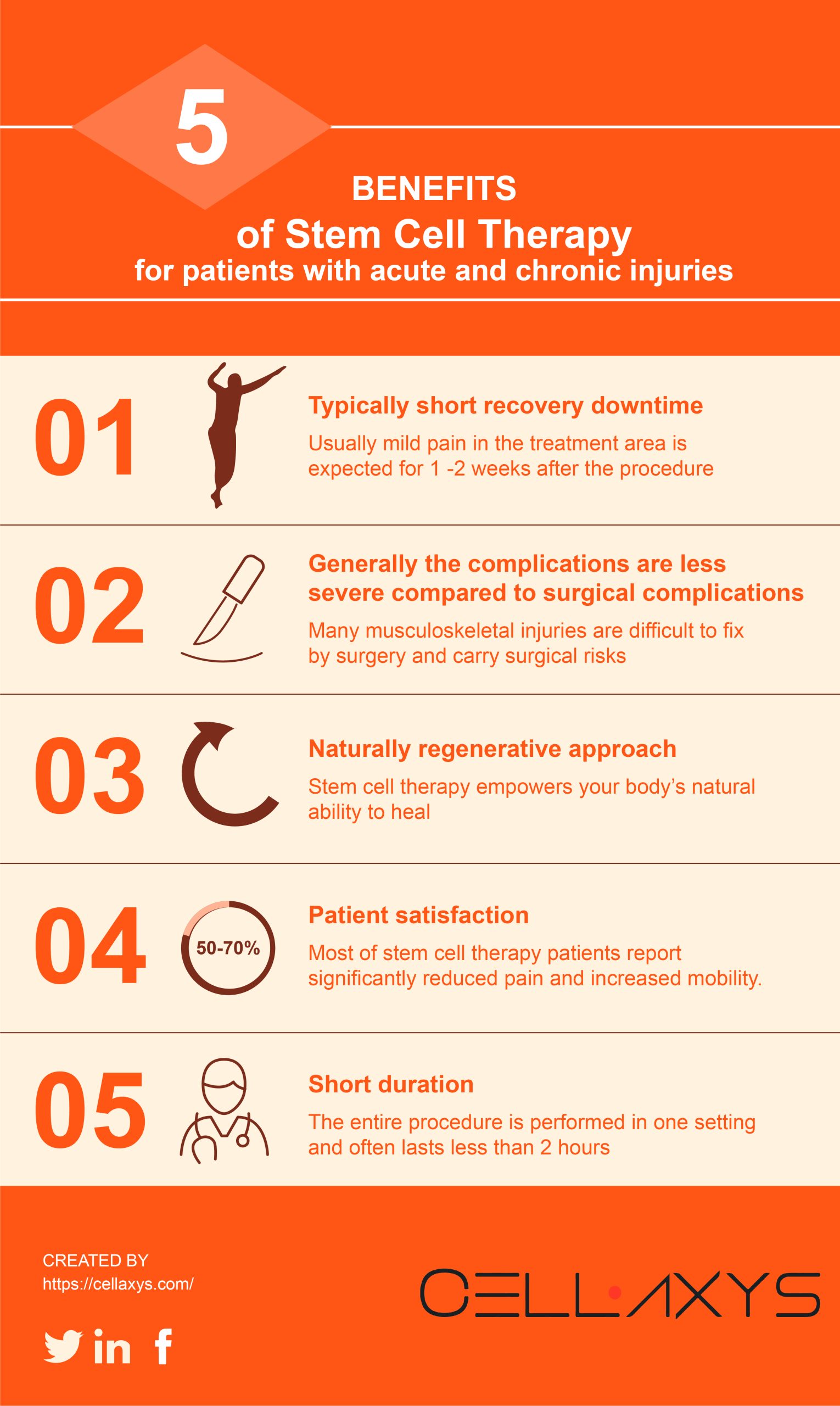Table of Contents

[/image][=video]
[/video]
There are lots of sorts of stem cells. In general, the term stem cell describes a classification of cells that trigger other cells (like skin, blood, heart, and muscle mass cells) by replicating and distinguishing in action to chemical hints. Totipotent stem cells appear at the earliest stage of advancement and are the only stem cells which can create embryonic stem cells and the placenta.
Bone marrow transplant (BMT) is a special treatment for clients with certain cancers or other illness. A bone marrow transplant involves taking cells that are usually found in the bone marrow (stem cells), filtering those cells, and offering them back either to the contributor (patient) or to one more person. The goal of BMT is to transfuse healthy bone marrow cells right into an individual after his/her own undesirable bone marrow has been treated to kill the irregular cells.
Bone marrow is the soft, squishy tissue found inside bones. It is where a lot of the body's blood cells establish and are kept. The blood cells that make other blood cells are called stem cells. One of the most primitive of the stem cells is called the pluripotent stem cell. This is various than various other blood cells with regard to the adhering to homes: It has the ability to recreate another cell the same to itself.
It is the stem cells that are needed in bone marrow transplant. The goal of a bone marrow transplant is to heal lots of conditions and sorts of cancer. When the dosages of radiation treatment or radiation needed to cure a cancer cells are so high that an individual's bone marrow stem cells will certainly be permanently harmed or damaged by the therapy, a bone marrow transplant might be needed.
Menopause Treatment local to Farmington Hills, Michigan
This procedure is commonly called rescue. Replace bone marrow with genetically healthy working bone marrow to avoid more damages from a genetic condition process (such as Hurler's disorder and adrenoleukodystrophy). The threats and advantages must be evaluated in a detailed conversation with your medical care carrier and professionals in bone marrow transplants prior to the treatment.
There are different sorts of bone marrow transplants relying on that the benefactor is. The different types of BMT include the following: The donor is the person himself or herself. Stem cells are drawn from the patient either by bone marrow harvest or apheresis (a procedure of gathering peripheral blood stem cells), frozen, and then repaid to the patient after intensive treatment.
The contributor shares the very same hereditary kind as the person. Stem cells are taken either by bone marrow harvest or apheresis from a genetically matched donor, generally a bro or sister. Various other contributors for allogeneic bone marrow transplants might include the following: A haploid-identical match is when the contributor is a parent and the genetic match goes to the very least half similar to the recipient.

Matching entails typing human leukocyte antigen (HLA) cells. The antigens on the surface of these unique leukocyte establish the genetic makeup of an individual's body immune system. There go to least 100 HLA antigens; however, it is believed that there are a few major antigens that determine whether a benefactor and recipient suit.
Clinical research study is still checking out the duty all antigens play in the process of a bone marrow transplant. The even more antigens that match, the far better the engraftment of contributed marrow. Engraftment of the stem cells happens when the given away cells make their way to the marrow and begin making brand-new blood cells.
Medical Group local to Farmington Hills, Michigan
All individuals function together to offer the ideal chance for a successful transplant. The team consists of the following: Health care carriers who specialize in oncology, hematology, immunology, and bone marrow hair transplant.
Specialists who will aid you meet your dietary demands prior to and after the transplant. Several other team participants will certainly assess you before transplantation and will certainly give follow-up treatment as required.

A total case history and physical examination are performed, consisting of numerous tests to examine the individual's blood and body organ functions (for instance, heart, kidney, liver, and lungs). A person will usually enter into the transplant center as much as 10 days prior to transplant for hydration, analysis, positioning of the central venous line, and various other preparations.
Blood items and medications will certainly be provided through the catheter throughout treatment. For an allogeneic transplant, a suitable (cells typed and matched) benefactor must be available. Discovering a matching contributor can be a challenging and extensive procedure, specifically if a sibling match is not readily available. Voluntary marrow contributors are signed up in a number of nationwide and global computer registries.
Donor sources offered consist of: self, sibling, parent or relative, nonrelated individual, or umbilical cable from an associated or nonrelated person. There are national and global computer system registries for nonrelated individuals and cable blood. Some relative might be keyed in as a result of the need to help. These relatives may or might not elect to have their kind registered for usage with various other recipients.
Stem Cell Therapy around Farmington Hills
Examinations connected to his/her health, exposure to infections, and hereditary analysis will be done to determine the extent of the suit. The contributor will be offered directions on how a bone marrow contribution will be made. When a suit for a person needing a bone marrow transplant is found, after that stem cells will certainly be accumulated either by a bone marrow harvest.
Or by a peripheral blood stem cell collection. This is where stem cells are accumulated from the circulating cells in the blood.
Navigation
Latest Posts
Perimenopause Treatment
Medical Group servicing Farmington Hills, Michigan
Medical Group around Farmington Hills